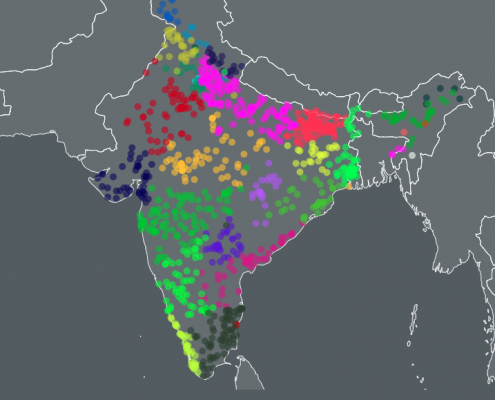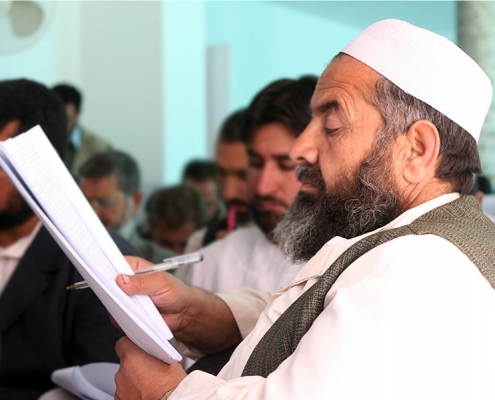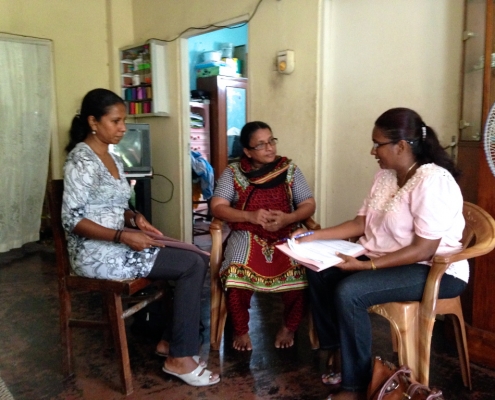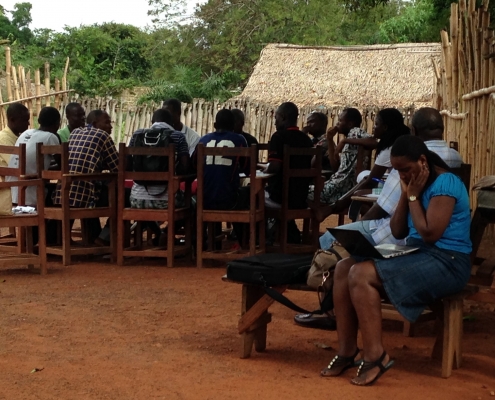This blog only enters my mind when I need to remember how to post on it, usually every six month or so. One of my last posts, which I wrote more than a year ago, is entitled What Happens When Russia Loses?
“Yikes,” I thought. “That was a more optimistic time. I might have to write a new post called What I Really Meant to Say Was…”
Actually, the only part I’d change is the title. I’d make it What Happens When It Takes a Long Time for Russia to Lose? In addition to the good things that could happen in the region when Russia loses (all still true), there are, I should point out, some bad things that will happen if it takes a long time. They are happening now.
FOUR BAD THINGS (a non-exhaustive list)
OBVIOUSLY, Ukrainians continue to suffer unbearable losses
Even if there’s a “peace agreement,” an undefeated, revanchist Russia will attack Ukraine again once it has reconstituted itself after staggering losses in its stupid war of aggression. Ukraine will not live peacefully until Russia is militarily and politically incapable of invading it. The longer this war goes on, the more Ukrainians die. They will not stop fighting.
Emboldened regional autocrats
In a recent webinar hosted by Coda Story, certified smart person Peter Pomerantsev (my advice: read everything he writes on influence operations, especially his three books on the topic) argued persuasively that an emboldened Russia provides space for openly pro-Russian regimes (Belarus, Georgia) to be more aggressive. For example, the pro-Russian Georgian Dream ruling party has rammed through a copy of Russia’s foreign agent law, despite massive public protests. Regimes that keep a finger to the wind, like Turkey, Kyrgyzstan, Hungary and Serbia, will use an emboldened Russia for cover to shore up their own corrupt structures. All have or are planning a similar Foreign Agent Law. To them, there’s no downside to stepping into Russia’s footprints and the benefit – defanged civil society in no position to challenge them – is obvious. Why is this bad? Read this report that I helped write about what happened in Russia after passage of its Foreign Agent law.
Incremental progress toward democratic development in Moldova, Georgia, Armenia and Kazakhstan, at best, is halted
At best, Russia will continue to meddle, through influence operations, election fraud and political interference. It will be impossible for these countries to chart their own paths. At worst, irredentist Russia will reabsorb them; the USSR with a more palatable name.
An emboldened Russia threatens Europe
As a resident of France, I find this one compelling. A war with a Russia that has subsumed the Ukrainian arms industry, army and geography is a much stronger opponent for Europe than one that Ukraine defeats and sends back to its 1991 borders. This is Professor Timothy Snyder’s “1938 Argument.” Helping Ukraine defeat Russia now means Russia can’t threaten Poland and the Baltics (something it already does regularly) and next, France, Germany and Italy. President Macron (link in FR) gets what is at stake. If you understand French, he explains it in simple terms.
DOES IT GO TO 11?
For Russia, the absence of defeat is victory. If I wrote that 2023 post again, I would turn the volume on the sense of urgency up to 11. We’re seeing, right now, today, what happens when Russia’s defeat is delayed by slow American aid delivery and absurd restrictions on how Ukraine uses weapons to defend itself. Ukraine is the biggest victim by a huge margin. But other countries, like Georgia and Moldova, are in Russia’s crosshairs too. It’s not going to get better, especially for Europe. Give Ukraine the tools it needs to finish the job.
Contact Quirk Global Strategies to talk about new and clever ways to measure public opinion in complicated places.


 someone experienced who can guide your thinking and design instruments that maximize your resources can ensure your limited funds are spent efficiently. QGS has conducted many of these types of evaluations in a variety of programming contexts. After watching your groups or conducting interviews, we can produce an analytical report with strategic recommendations for improvements or next steps.
someone experienced who can guide your thinking and design instruments that maximize your resources can ensure your limited funds are spent efficiently. QGS has conducted many of these types of evaluations in a variety of programming contexts. After watching your groups or conducting interviews, we can produce an analytical report with strategic recommendations for improvements or next steps.



